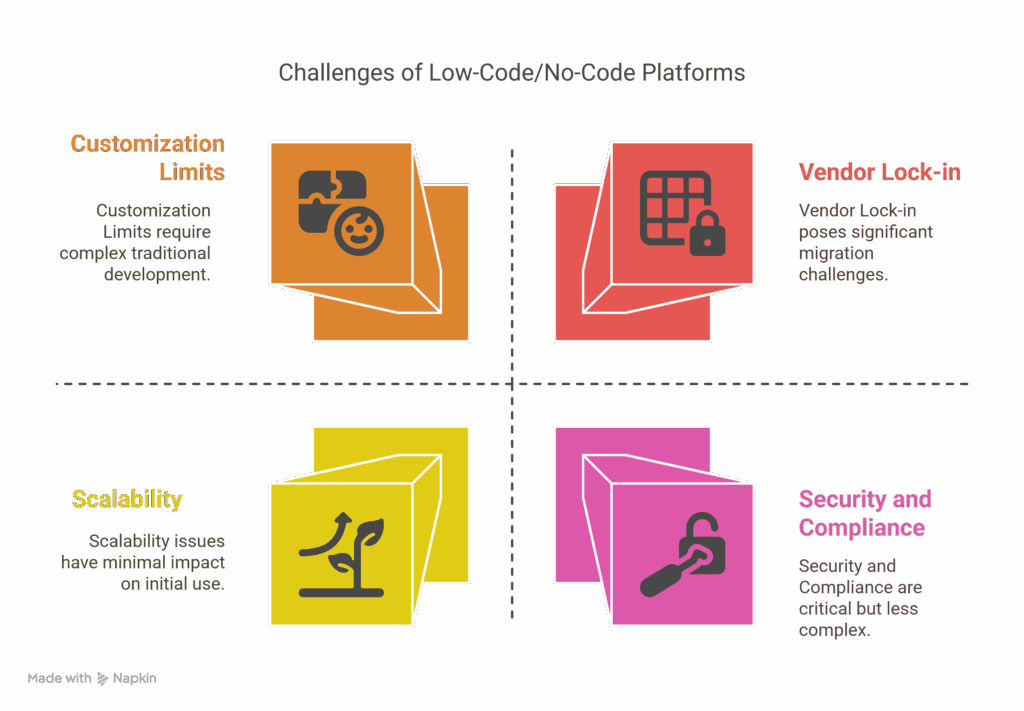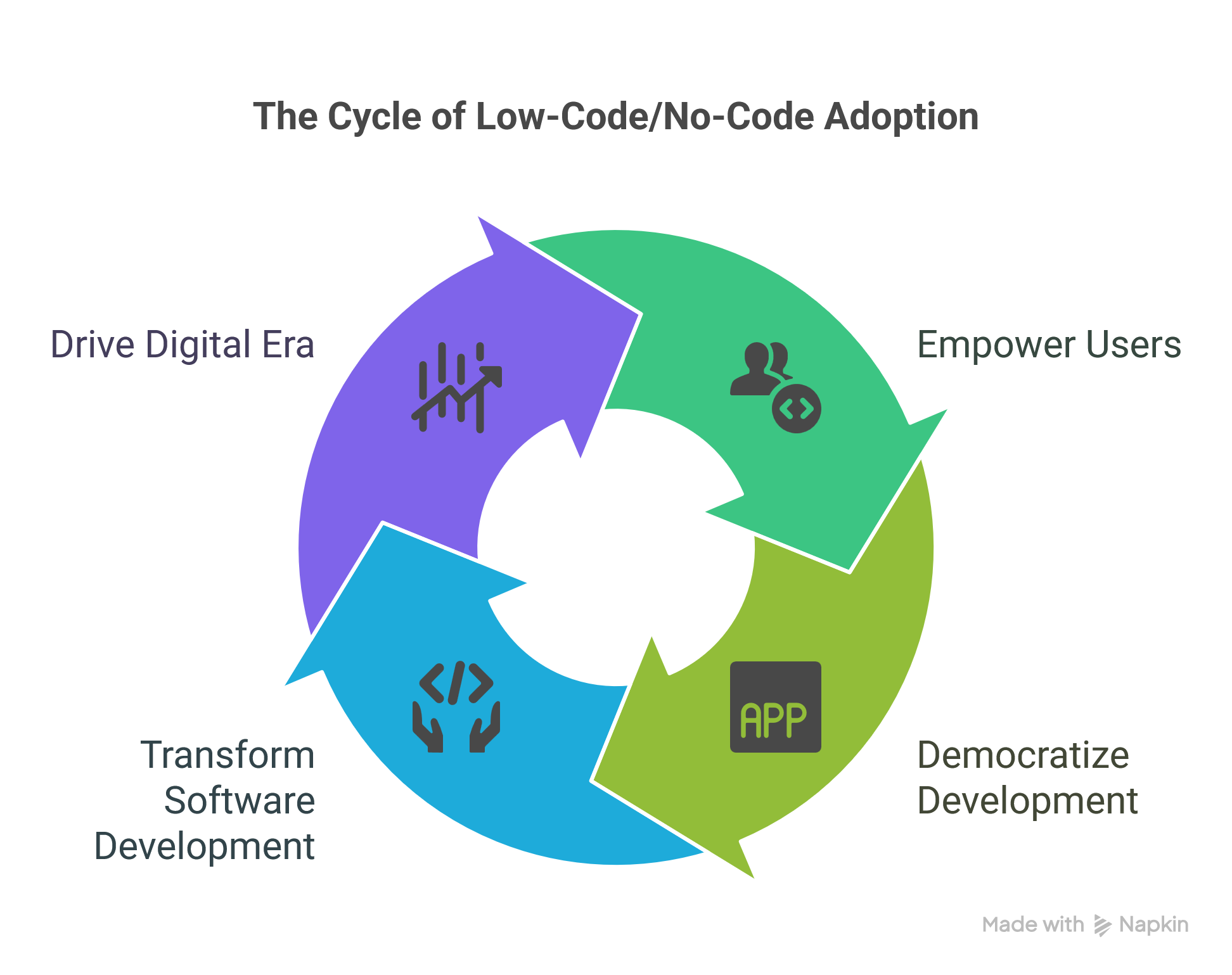The Rise of Low-Code and No-Code Platforms in Software Development
In recent years, the landscape of software development has witnessed a significant transformation with the advent and widespread adoption of low-code and no-code platforms. These technologies are democratizing app development by empowering business users, non-technical professionals, and citizen developers to create applications without needing extensive programming knowledge. As we move further into the digital era, these platforms are not just a trend—they represent a paradigm shift in how software is built and delivered.
What Are Low-Code and No-Code Platforms?
- Low-Code Platforms: These platforms offer a graphical user interface with drag-and-drop capabilities combined with minimal hand-coding. They are designed for developers who want to speed up development or create prototypes quickly. Some popular low-code tools include OutSystems, Mendix, and Microsoft Power Apps.
- No-Code Platforms: These platforms are aimed at users with little or no coding experience. They enable the creation of full-fledged applications using purely visual tools and pre-built templates. Examples include Bubble, Glide, and Airtable.
Why Are These Platforms Gaining Traction?
- Accelerated Development: Traditional development cycles can take weeks or months. Low-code and no-code tools drastically reduce time-to-market by enabling rapid prototyping and iterative testing.
- Bridging the Talent Gap: With a global shortage of skilled developers, these platforms provide an alternative for businesses to build solutions without waiting for IT bandwidth.
- Empowering Citizen Developers: Business users who understand the problem best can now build and iterate solutions themselves, reducing communication gaps between business and IT.
- Cost Efficiency: By lowering development time and minimizing the need for large teams of specialized developers, organizations can reduce operational costs significantly.
- Agility and Innovation: Teams can experiment with new ideas and pivot quickly without heavy investments in technical resources.

Use Cases Across Industries
- Retail: Creating customer feedback apps, loyalty programs, or inventory management dashboards.
- Finance: Automating internal workflows, compliance tracking, or reporting tools.
- Healthcare: Building patient intake forms, appointment systems, and internal communication platforms.
- Education: Developing LMS systems, student performance dashboards, and attendance trackers.
Challenges and Limitations
While the benefits are numerous, it’s important to acknowledge the limitations of low-code/no-code platforms:
- Scalability: Applications built on these platforms may not scale well with increasing data or user load.
- Customization Limits: Complex business logic or unique UI/UX requirements may still require traditional development.
- Vendor Lock-in: Many platforms are proprietary, making migration difficult if you outgrow the service.
- Security and Compliance: Ensuring compliance with industry standards (like GDPR or HIPAA) can be challenging on some platforms.

The Future of Software Development
Low-code and no-code platforms are not replacing traditional development—they are complementing it. Enterprises are increasingly adopting a hybrid approach, where critical systems are still developed using conventional methods while low-code platforms are used for rapid innovation and internal tooling.
Looking ahead, we can expect:
- AI integration: Platforms that auto-generate code or workflows based on prompts or intent.
- More open ecosystems: APIs and extensibility to integrate with existing enterprise systems.
- Improved governance: Tools to manage, monitor, and secure apps built by citizen developers.
Final Thoughts
The rise of low-code and no-code platforms is a testament to the growing demand for speed, accessibility, and innovation in software development. As organizations embrace digital transformation, these platforms will continue to play a pivotal role in enabling agility and expanding the pool of people who can contribute to technology solutions.
For developers and IT leaders, the key lies in embracing these tools strategically—leveraging their strengths while managing risks and ensuring alignment with long-term business goals.
